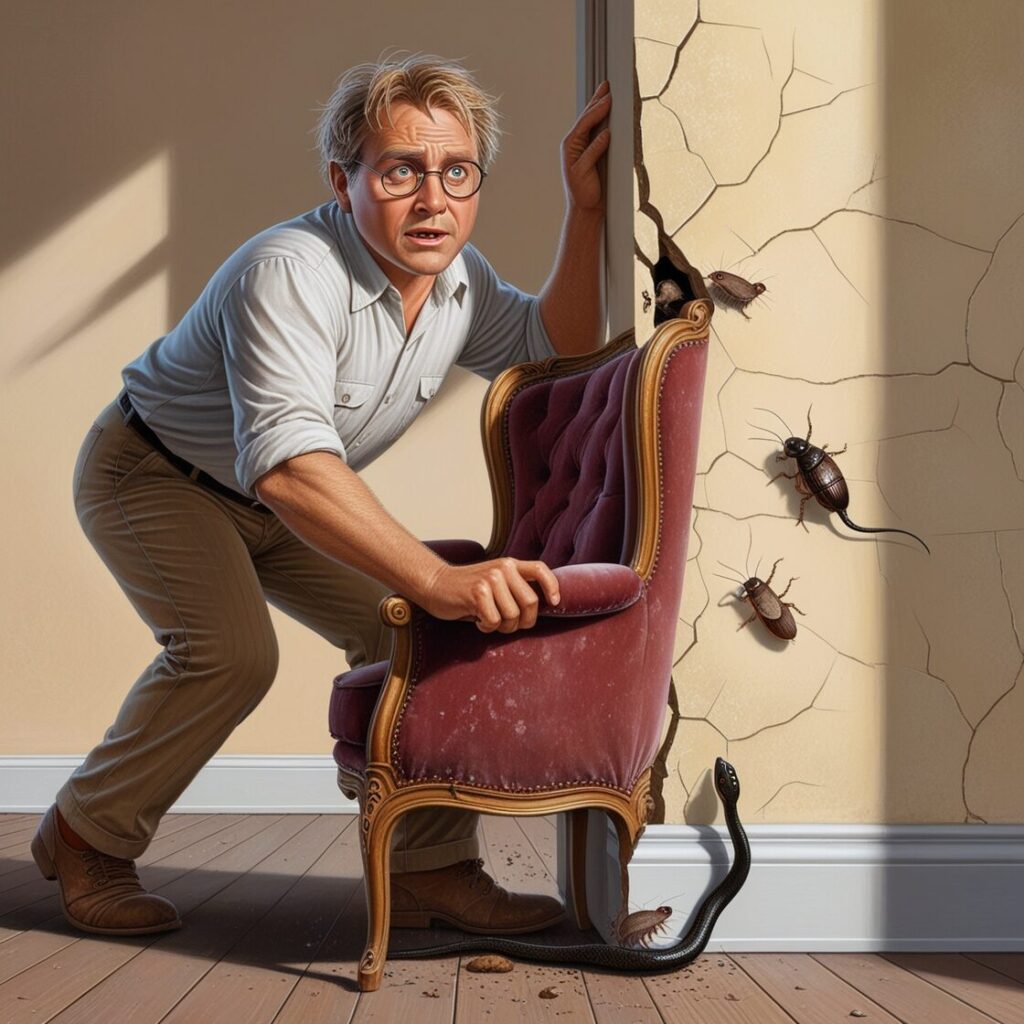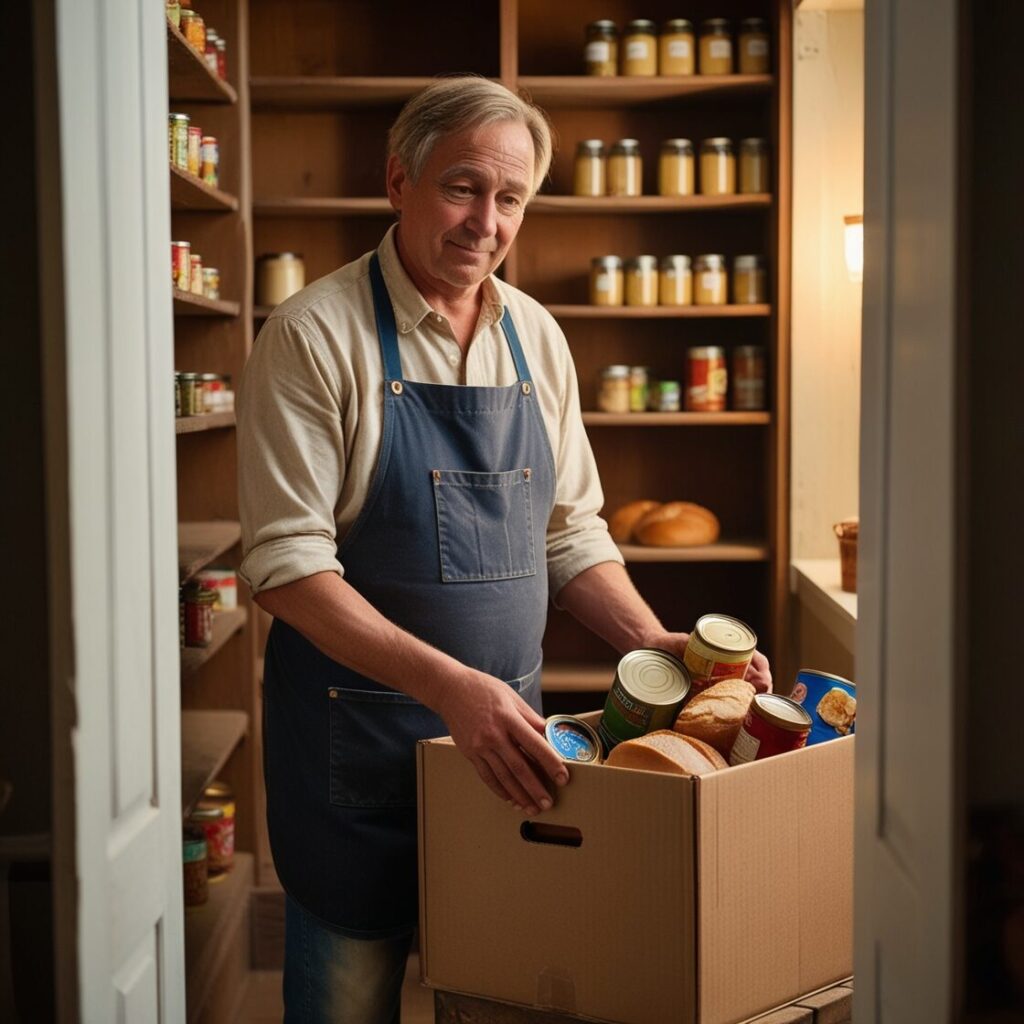Pest control treatments are essential for tackling pest problems and keeping your home safe from pests. Pest do not only cause discomfort, but they are likely to put your health at risk. That is why it is important to get rid of them.
It is important to prepare for pest control when you contact you pest control service providers. Preparing your home for pest control can increase the effectiveness of the treatment and ensure that your space remains safe for you and your family.
This guide covers essential steps to take before pest control, helping you create the best environment for successful, long-lasting pest management.
Let’s look at how to prepare for pest control treatment.
How to Prepare for Pest Control
1. Clear Access to Targeted Areas

To give technicians access to the areas infested with pests, clear a path and remove items that are going to hinder the technician from getting access to these infested areas. Move furniture a few inches away from walls, remove any decorative objects, such as pictures, from walls near treatment zones.
Clearing is very important in treatments aimed at pests like cockroaches, ants, or termites, which hide in cracks, corners, and edges of woods or walls and is one important aspect to consider when you want to prepare for pest control.
Preparing these zones for easy access allows pest control professionals to inspect more thoroughly and apply treatments where pests are most likely to hide. If you’re unsure which areas to clear, ask your pest control provider for guidance on specific access needs.
2. Remove Food and Store it Properly

All food should be properly stored for your family’s safety. It’s important to keep all food items, including pet food, away from treatment areas. Store foods in airtight containers or remove them from the kitchen and pantry altogether if these spaces are targeted for treatment.
Leaving food out when treatment is ongoing is dangerous as your food can become contaminated, which can lead to unintended exposure to chemicals. Which can lead to serious health issues if these contaminated foods are taken in by people or pets. this is why it is important to prepare for pest control before your pest control technician comes around.
It’s very important to clear out countertops and cupboards, particularly in kitchens where pests like ants, cockroaches, or rodents might be attracted to crumbs and food residues. Ensure that all food packaging is tightly sealed or consider transferring items to another room temporarily until the treatment is over.
Also ensure all cooking utensils and appliances in your kitchen are kept in a safe place to avoid chemicals getting into it. Even if your pest control provider uses Eco- Friendly approach or organic products, keeping food and kitchen items out of the way prevents accidental contact with residues.
3. Protect Pet Areas

If you have pets, keep their safety in mind while you prepare for pest control. Arrange for them to stay with a friend or family member or keep them outside the house for the duration of the treatment and a few hours afterward, depending on your pest control provider’s recommendations.
To protect pet essentials, remove pet food bowls, bedding, litter boxes, toys, and other pet-related items from areas being treated. It’s best to keep these items in a room that won’t be affected by treatment, minimizing the risk of pets coming into contact with any chemical residues.
If you have fish tanks, remember to cover them securely with plastic and turn off air pumps before the treatment begins to prevent airborne chemicals from entering the water. Reptiles, birds, and small mammals are especially sensitive to airborne pesticides, so ensure they’re removed from the premises or securely covered.
4. Cover and Store Personal Items
Protecting personal items is key to ensuring that your belongings don’t come into contact with any residues left behind from the pest treatment. This includes clothing, toiletries, towels, and linens, particularly in areas where treatments will be applied directly.
For open storage, such as shelving units or closet spaces, consider covering items with plastic sheeting. This barrier prevents residues from settling on surfaces where you store essential items. It’s also wise to store jewelry, watches, and personal accessories in sealed bags or containers to avoid contamination.
While many pest control products are low risk, using these precautions offers additional peace of mind and simplifies post-treatment cleaning.
Personal items, such as toiletries, clothing, and linens, should be either removed from treatment zones or securely covered with plastic sheeting. Pay extra attention to items in open storage, like shelves or closets, as they might absorb chemicals if left unprotected.
5. Clean and Declutter Your Space

A clean, organized home not only aids the pest control process but also helps reduce the chance of reinfestation. Dusting, vacuuming, and sweeping before a treatment can remove crumbs and debris that might otherwise attract pests, allowing pest control measures to be more effective.
Decluttering also creates more open areas for pest control professionals to inspect and treat. Piles of clutter can provide hiding spots for pests, making it difficult for technicians to reach all affected areas.
Rooms like attics, basements, and closets should be tidied up and cleared of unnecessary items, such as cardboard boxes, stacks of papers, or clothing, which can serve as breeding grounds for pests.
Additionally, consider vacuuming carpets and rugs, especially if they’re in rooms that will be treated. Vacuuming helps remove insect eggs or larvae and creates a cleaner surface for pest control products to adhere to.
Conclusion
Preparing your home for pest control is a straightforward process that goes a long way in making treatments effective and safe.
Following these preparation steps will not only maximize pest control results but also help keep you, your family, and your pets protected during and after the treatment.
By working with your pest control technician, keeping a clean home, and taking preventive measures, you can create a safe, pest-free environment that you can enjoy year-round and possibly get rid of pests forever.